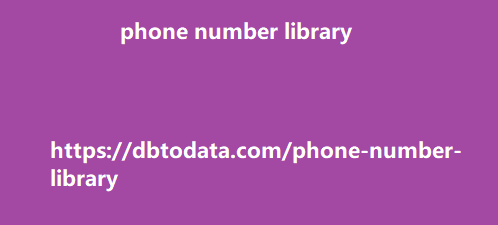Hence, the Panda update. It was developed by comparing Google’s human quality rankers with Google’s actual ranking signals. The update was implemented to eliminate “low quality” or excessive ad-content ratio. It also weeds out websites with “content farm” or “content mill” business models trying to rank in the search engines. its actual ranking signals known to the public, it provided some guiding questions to assess the quality of the sites. To learn more about how Google assesses a website’s overall quality (including guide questions), you can find it in Google Search Central Blog. What Google actually wants publishers to do is to always keep in mind that people want real, useful, unique, and quality content.
Further Reading: Optimize SEO: Almost
a Decade Into the Panda Update Google continues to integrate and roll out updates for the Panda algorithm. To date, MOZ tracked 28 Panda updates in total between 2011 and 2015. In February 2016, Google confirms Panda’s consolidation with its core ranking algorithm. Despite this, this integration was only meant to encourage publishers to create high-quality content, not to focus on quantity. Venice Before this update went online, the method that you have to use to track your local search listings is through Google Places. While this was a handy method of going through local search results, there are occasions where some search results add local listings, despite the search terms not asking for it.
This changed in February 2012, with the new
Google Venice update. This allows your search results to show some local listings based on your IP address or even your physical location. This allows you to be able to look for the closest businesses and establishments near your current location, which comes in handy when you are traveling or planning a place for a meeting or an event. This has helped local SEO in a big way, as local businesses are now able to gain more traffic and visibility, which helps them compete with larger and more established businesses. Google Venice also made using Google My Business much more important, as local businesses are able to track their local SEO and SEM through this effective free tool.
Small local brands and businesses have largely
benefited from this update as they can rank for short-tailed keywords. At the same time, small businesses with local intent can compete with bigger brands using keywords with high search volumes. Penguin Google loves to reward high-quality sites and penalize “black-hat webspam” sites at the same time. When Google rolled out Penguin in April 2012, its goal was to downrank websites that do keyword stuffing and buy spammy links. This update amplified Panda’s effort to take down low-quality sites. When Panda was launched, some websites that have low-quality content were penalized. However, not a lot of spammy sites were penalized or taken down still.
In a desperate attempt to manipulate
search results, some webmasters and benin phone number library SEO specialists implemented “black-hat” spamming techniques to downrank their competitors in the form of link-building. An unethical form of “black-hat” technique that broke the surface in time for the Penguin to roll out was negative SEO. In essence, negative SEO lowers the search ranking of a competitor’s site by sabotaging it. This SEO Sabotage can come in the form of: Sending fake backlink removal requests to the webmaster Posting fake negative reviews of a website Hacking a website Buying low-quality or spammy links for a competitor’s website Scraping content While these negative SEO tactics are indeed very powerful SERP rank killers, negative SEO practitioners aren’t ethical, and indeed aren’t doing the SEO industry a favor.
In addition, Penguin didn’t just hit websites
that employ “black-hat” strategies. It also hit over-optimized websites as well. Over-optimization can be simplified to optimizing your website for the search engines rather than for people. So, over-optimizing your website doesn’t necessarily mean you’re employing black-hat strategies. However, if your content does not live up to the site’s SEO level and is filled with too much of SEO techniques, you can still get penalized. As always, Google aims to provide an excellent experience and fulfill the in-depth, accurate information needs of its users. As a result, it was reported that this update affected an estimate of 3.
1% of English searches. Similar to Panda, there have
been a number of updates and digital advertising: google adwords vs facebook ads refreshes to the Penguin since it’s rollout. Penguin made its final update and became a part of the core algorithm in September 2016. Pirate After Google was challenged by production companies and studios in the entertainment industry for failing to sanction or censure online copyright piracy, they released the DMCA (Digital Millennium Copyright Act) or the Pirate update in August 2012. Google acknowledges that copyright infringement is a serious issue, and so sites with pirated content like videos, music, and movies with several copyright violation notices began to appear lower in search results.
With this update, anyone can submit removal
notices for websites with pirated content. When powder data Pirate was initially launched, Google received over 57 million web page “takedown” requests from copyright owners and their agents. Google has thoroughly evaluated each of these requests, and once they deem it valid, the content in question, especially the ones that violated the copyright act guidelines were taken down. To further Google’s continuous effort in taking down new online piracy or copyright violators, they officially updated and refined their Pirate signal in 2014. In addition,users looking to download free content.

